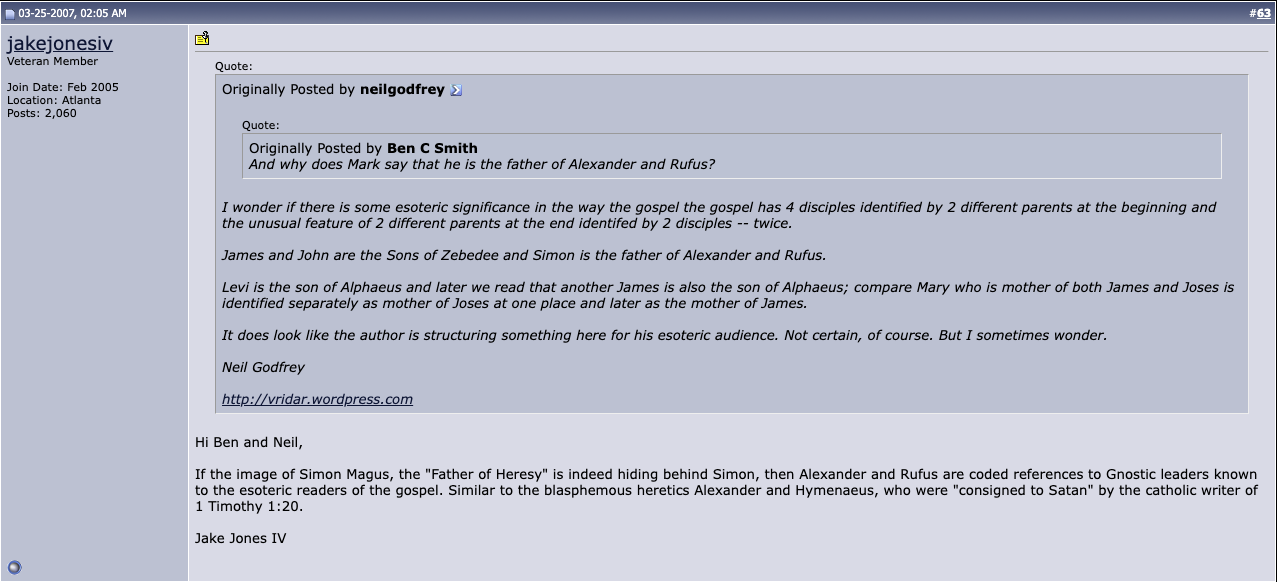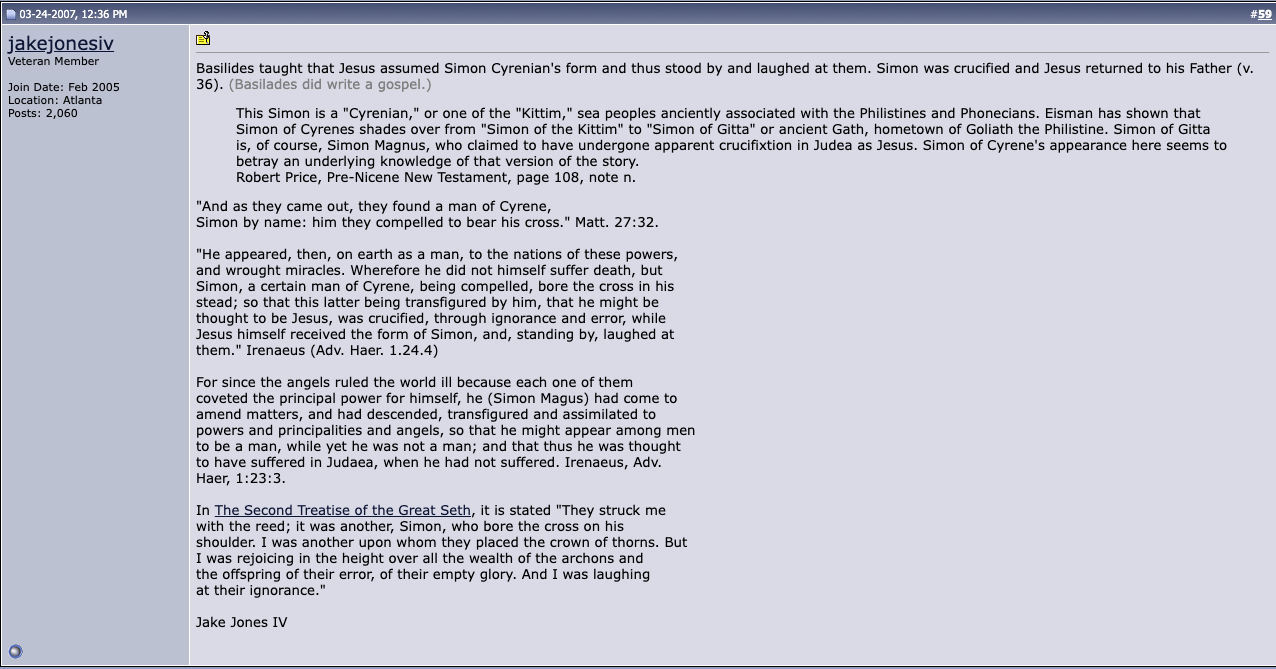Professor Francis Moloney is incensed that Dan Brown can get away with his Da Vinci Code nonsense without an equally popular rejoinder from orthodox scholarship, so has teamed up with convicted perjurer Jeffrey Archer to popularize the way gospels “really were written”. (See earlier posts in the Judas category.)
Nothing like the services of a convicted perjurer to get The Truth out there! Continue reading “Judas and the Devil take on Dan Brown”



